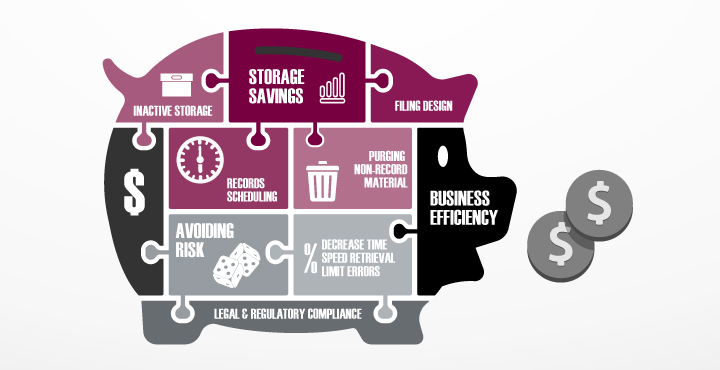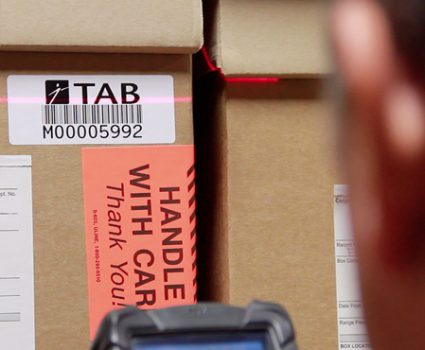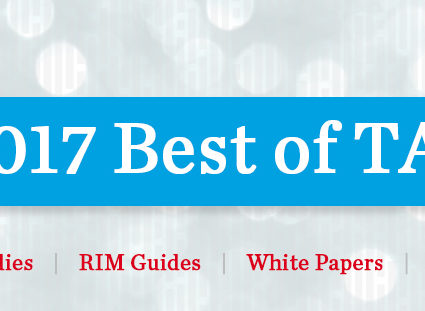
Three ways your RIM program can do more for the bottom line
In the minds of our corporate colleagues, records management isn’t always associated with hard-dollar business outcomes. Despite a growing understanding of the valuable contributions made by records management teams, our colleagues still don’t immediately think,
“Wow, those RIM folks saved us a ton of money last year!”,
Or, “Thanks to the RIM department we totally blew away our productivity goals!”
But why not?
The truth is that records management can – and should – be making these kinds of contributions to the bottom line. As a reminder for all of us (and for our colleagues as well!), we will review the top three ways that RIM contributes to business outcomes.
1. Saving money
Reduction of storage costs is one of the most tangible benefits of an effective records management program. If we weren’t doing our job as records managers, storage expenses would go up every single year, chewing up thousands or millions of valuable budget dollars.
However, even a poorly run records management program will save some money on storage costs. The key challenge for records managers is to show that we are doing a better and better job at managing storage costs over time. Some of the ways we can do that include getting more out of existing storage spaces, and reducing our use of offsite storage.
2. Increasing operational efficiency
Every workflow that makes use of records is a golden opportunity for records managers to improve the way we do business.
As you consider the various workflows in operation across your organization, you can probably come up with many such opportunities.
Here are a few examples:
- Converting paper documents into more accessible electronic versions,
- Indexing electronic documents for faster retrieval,
- Consolidating physical records for more efficient management and faster delivery,
- Reducing retrieval times for physical documents with more efficient storage and shelving solutions.
Clearly, there is a lot we can do and a lot of value we can add to the bottom line. All it takes is a bit of leadership and initiative – and the application of records management principles and best practices.
3. Reducing risk
Rising storage costs isn’t the only reason that poorly managed records are so expensive. In the absence of a good records management program, it’s only a matter of time before the organization will pay the price for:
- Keeping records too long
- Not keeping records it should have
- Failing to safeguard sensitive records
- Losing track of records.
How big a price? Under Sarbanes-Oxley, an organization faces penalties as high as $5 million for failing to secure records properly.
Each day, quarter, and year that goes by without a records-related penalty is big money saved for the organization. Not to mention the value of avoiding damage to the company’s reputation after a privacy breach or other records-related offence. Reminding our colleagues of our solid track record in this area is never a bad way to demonstrate the value we provide!
Next Steps
- For practical tips on how your RIM program can contribute to business outcomes, download our free guide, How to Save Money with Records Management.
- Explore TAB’s money-saving storage solutions.
- Talk to one of our records management experts.





